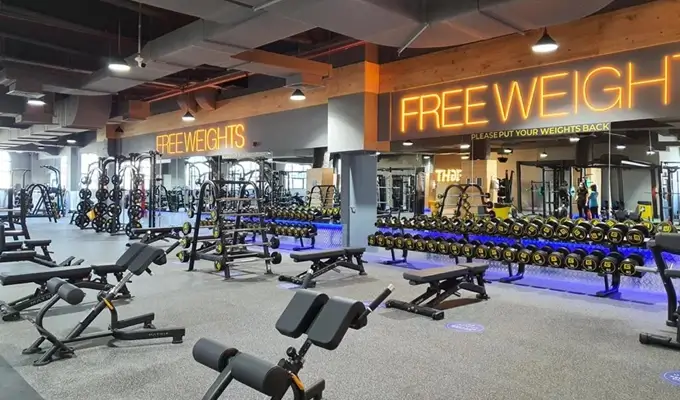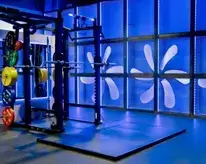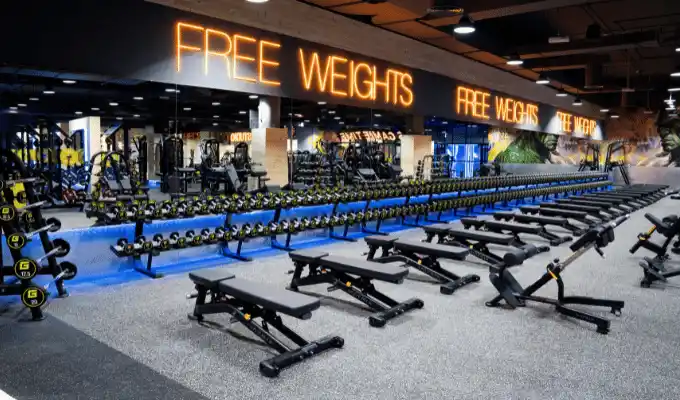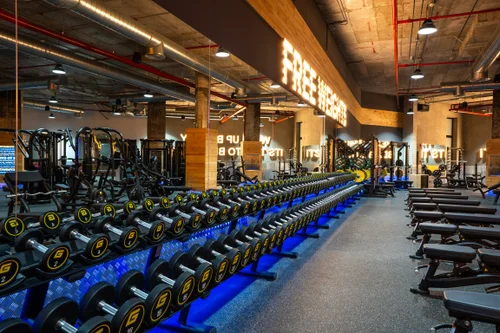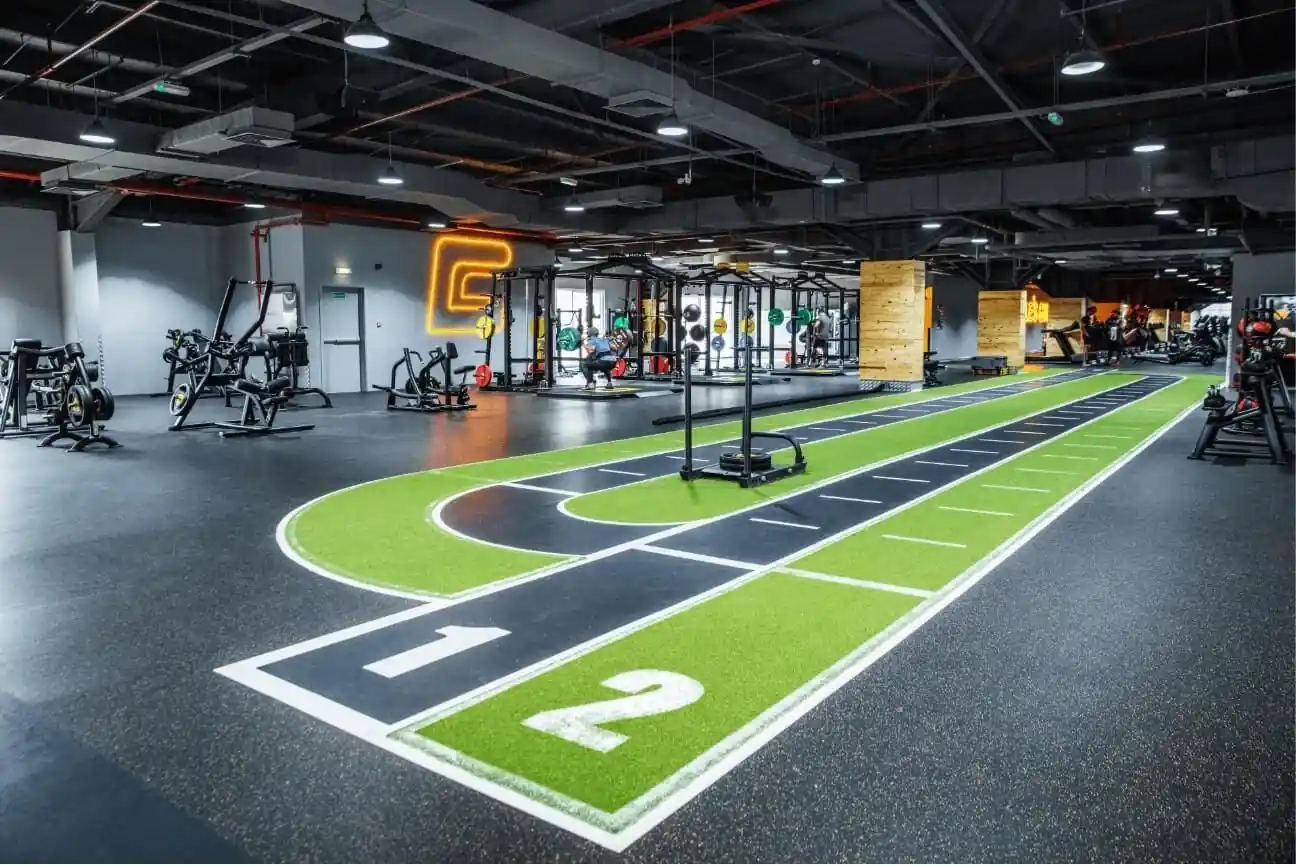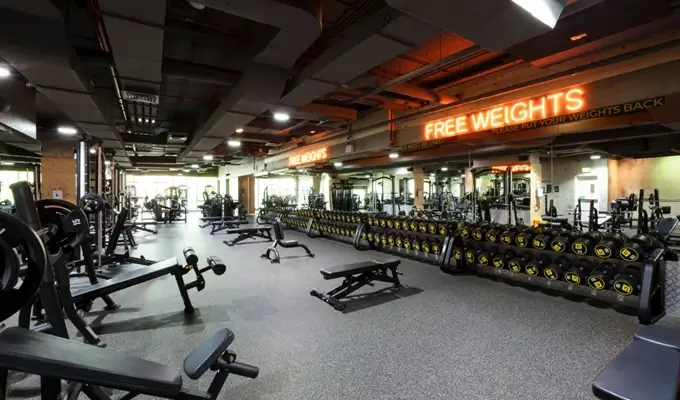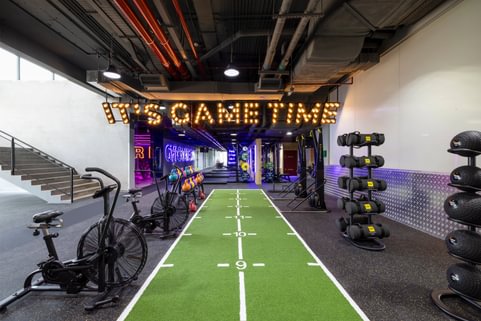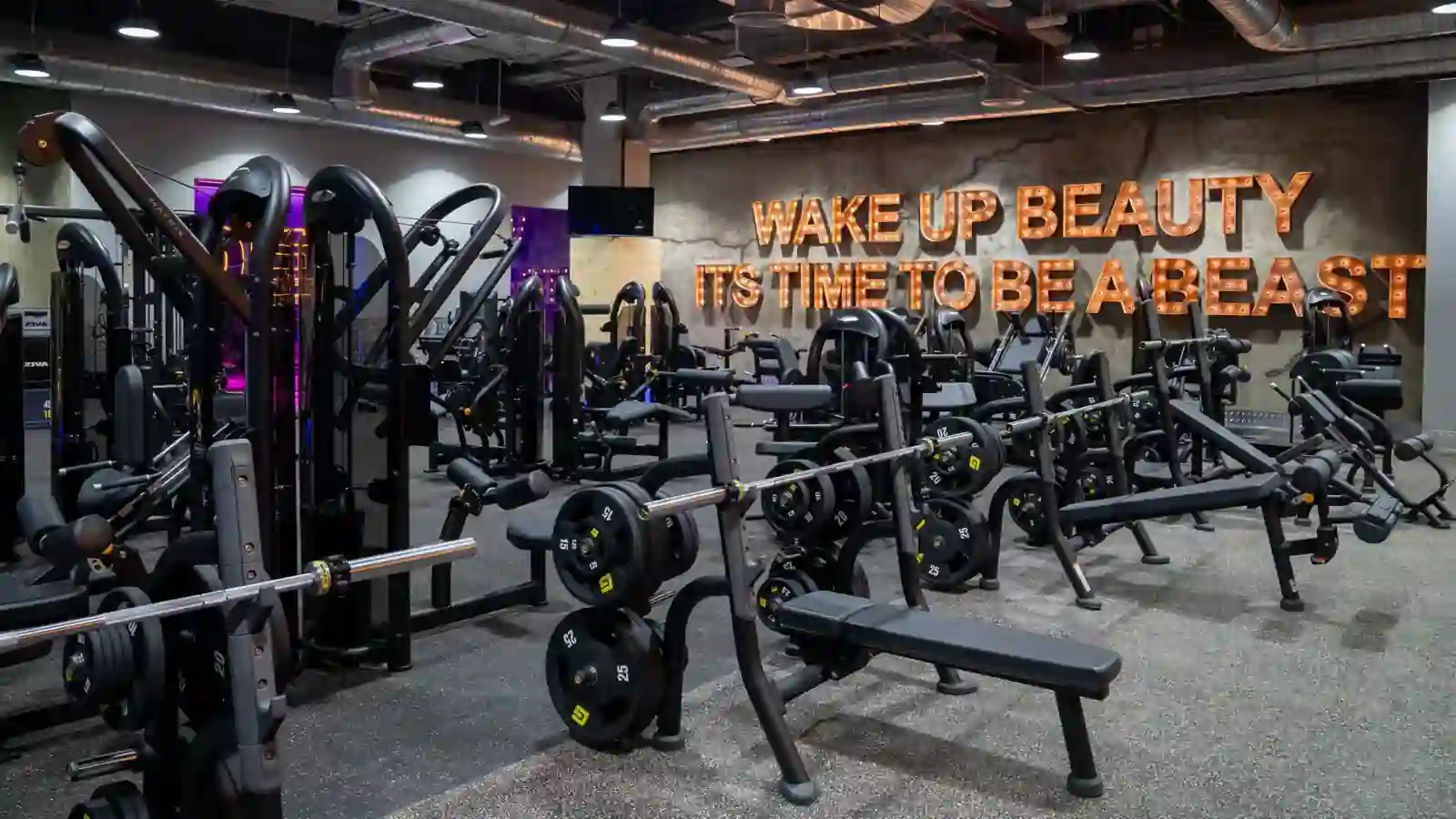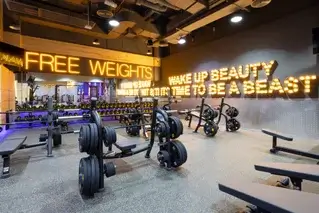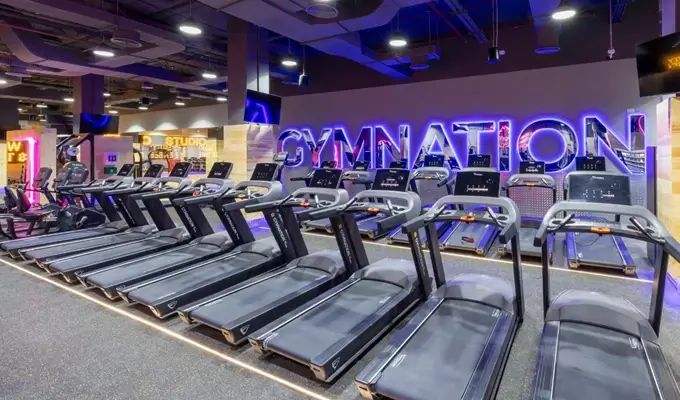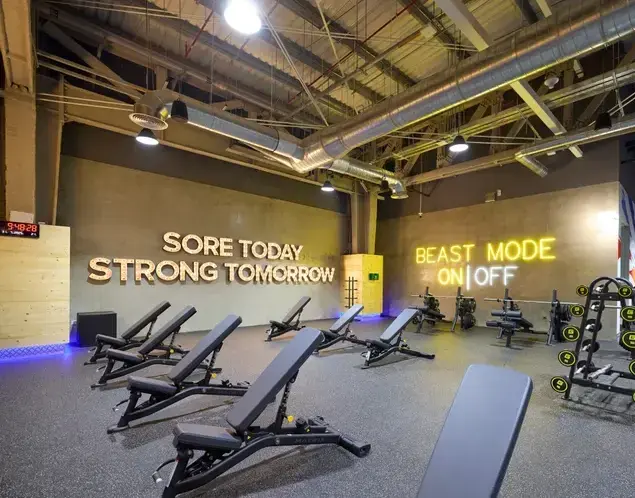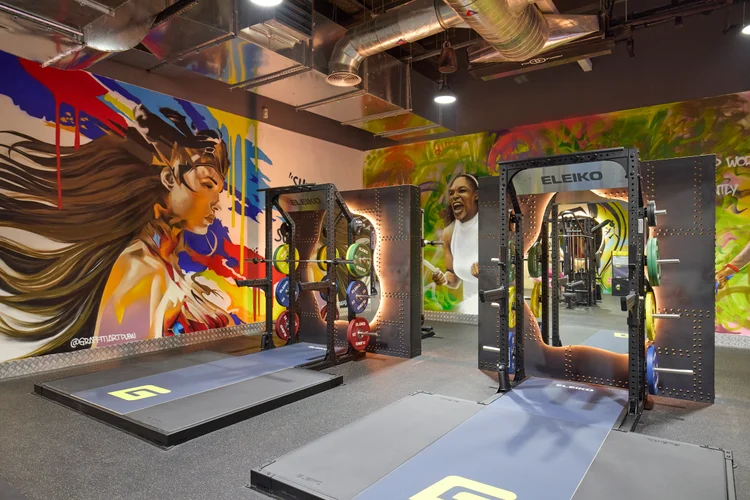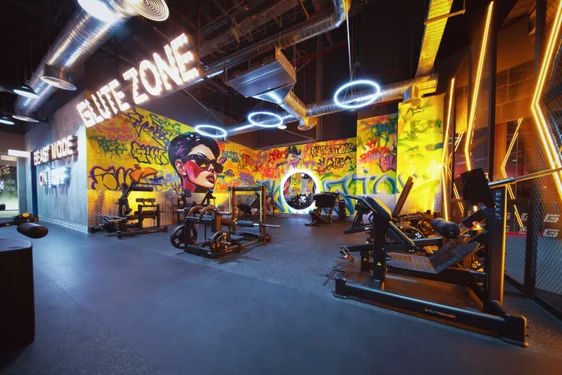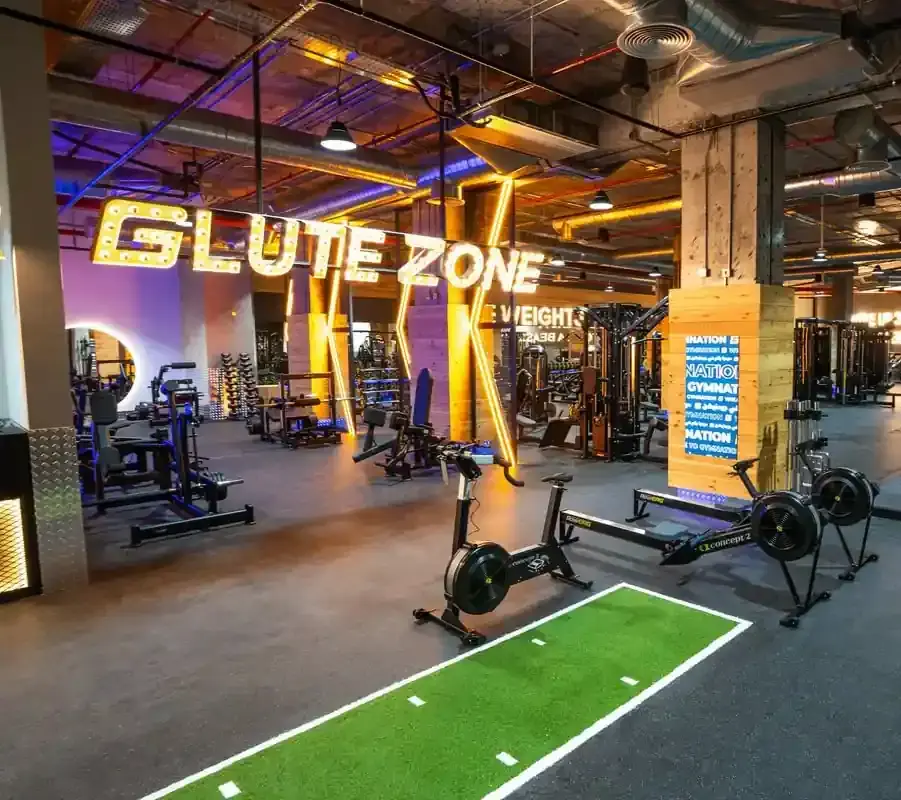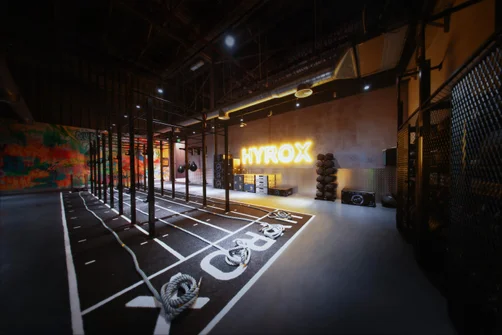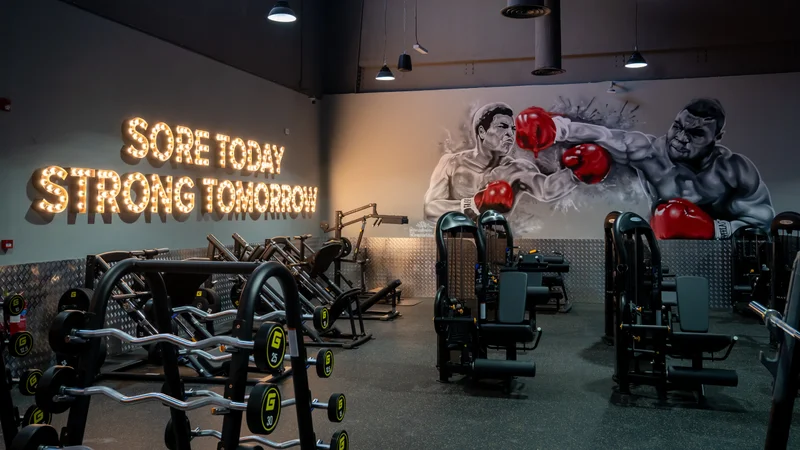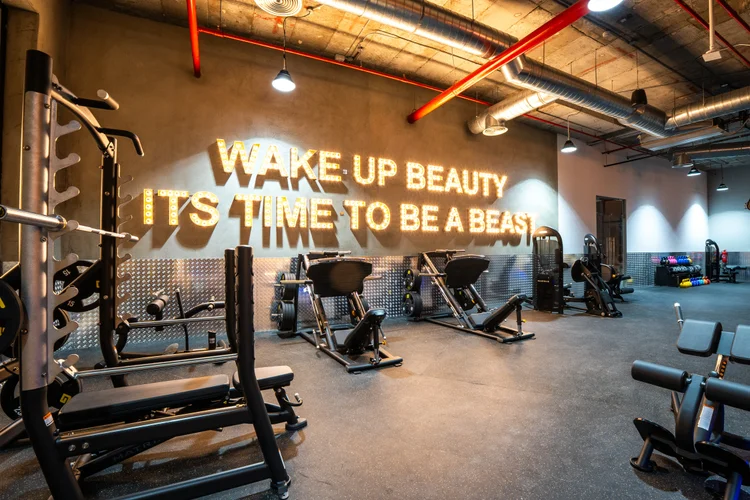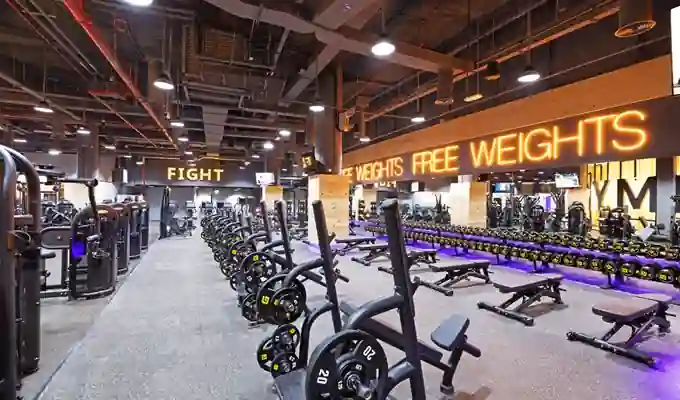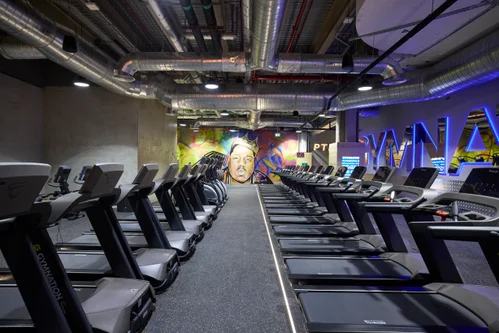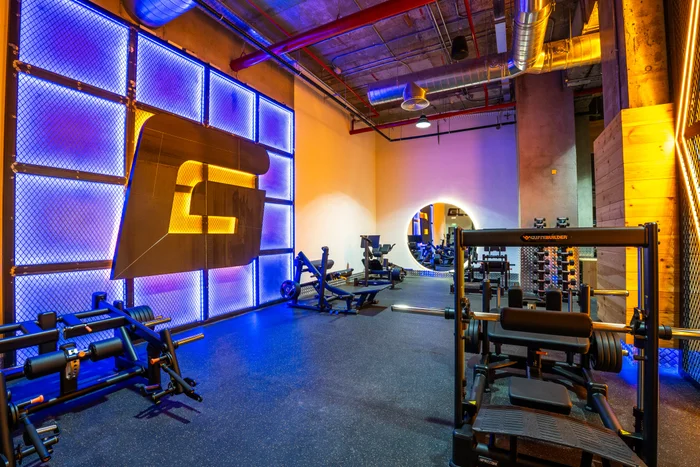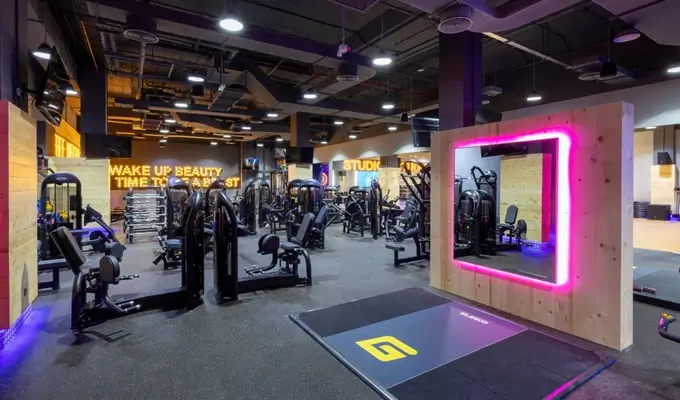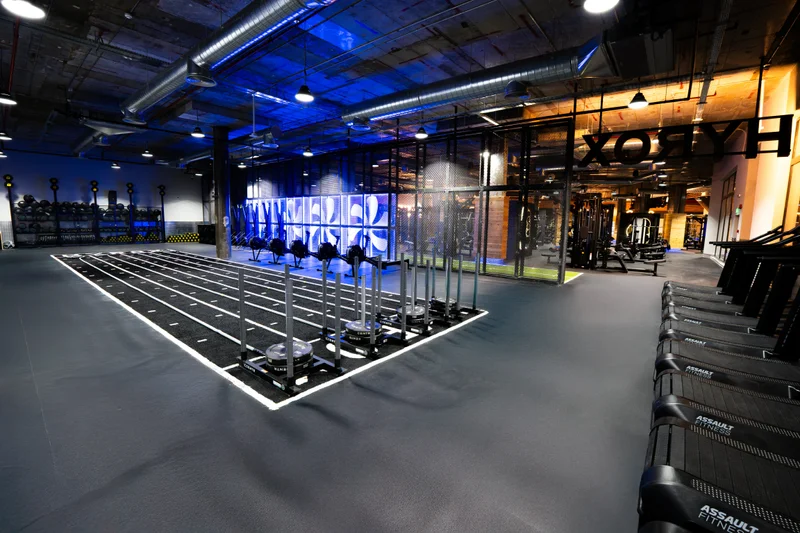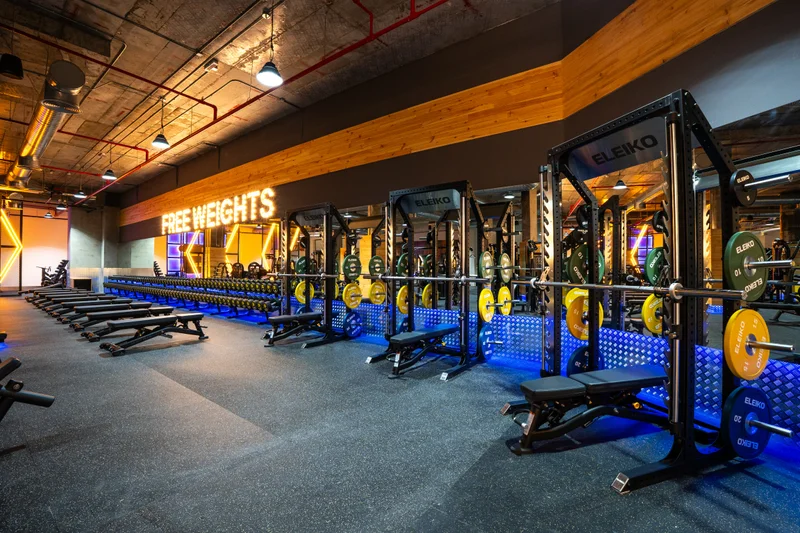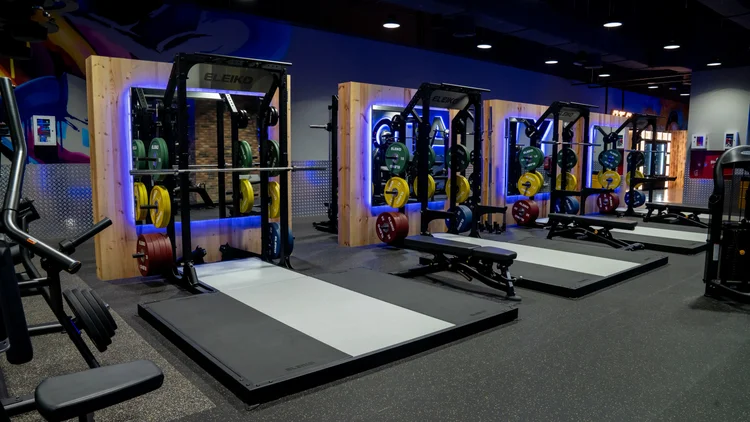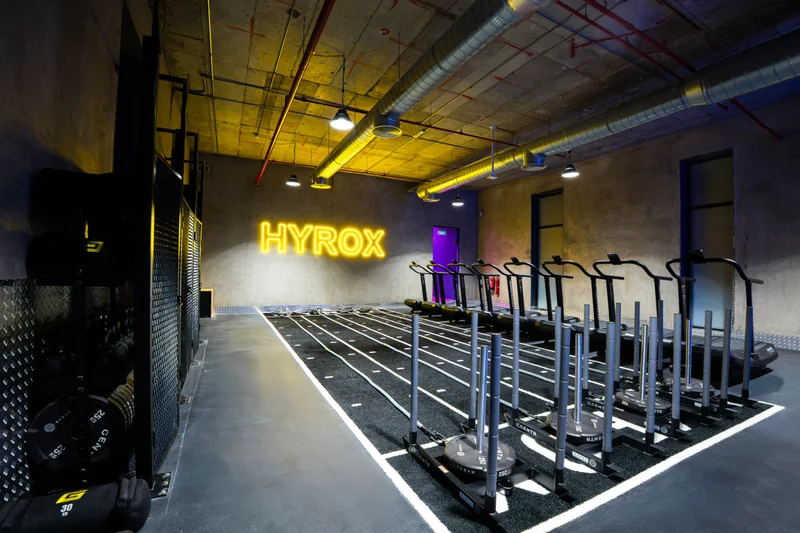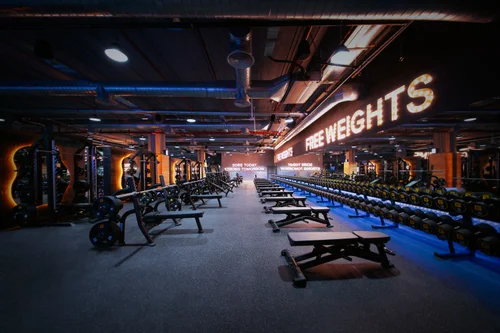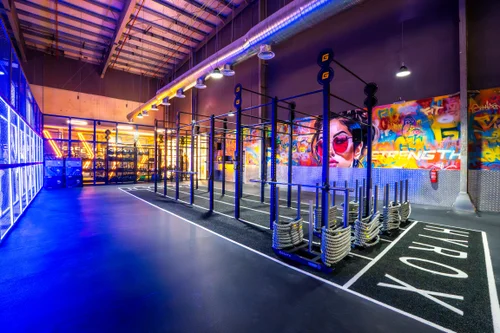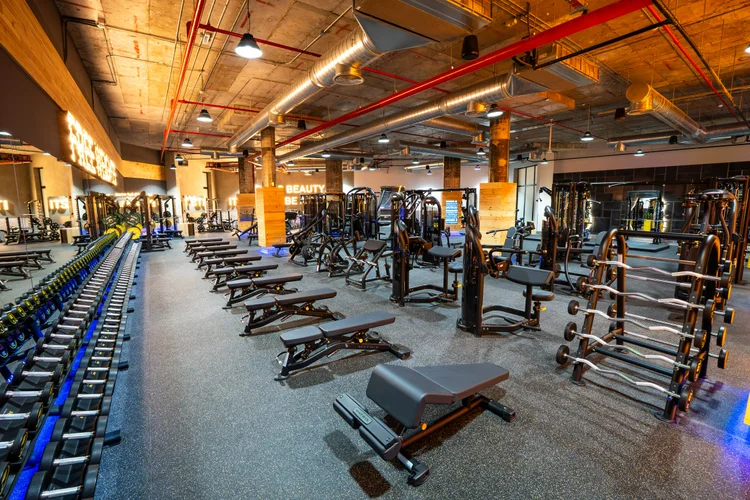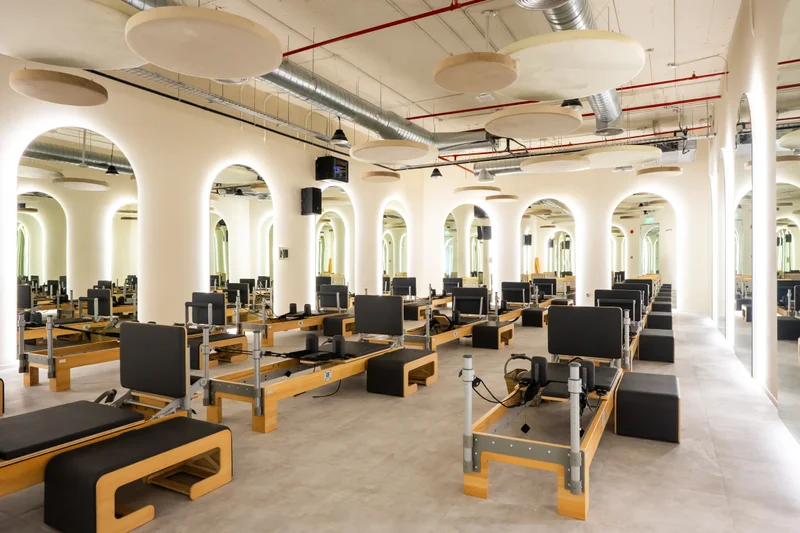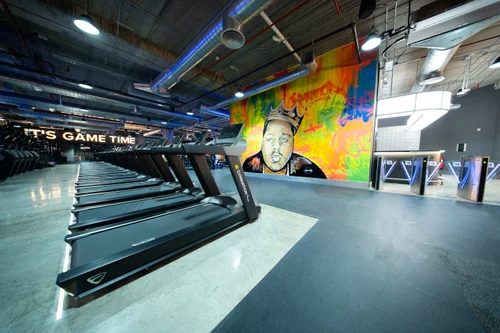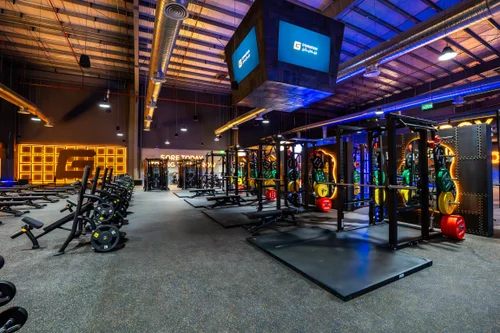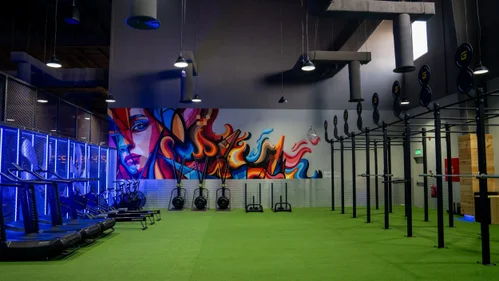Chest Dip
Chest Dip Overview
The chest dip is one of the most effective upper-body body-weight exercises for building the chest muscles, especially the lower pectoralis major. Using dip bars, a dip bar station, or a dip machine, you shift more load into the pecs by leaning forward, turning a standard tricep dip into a true chest dip. This forward angle increases tension on the sternal head and gives the pecs a deeper stretch than the bench press, decline press, or push-ups.
Because the movement uses your body weight, the chest dip also strengthens the upper arms, anterior deltoids, triceps brachii, and the stabilising muscles around the shoulder joint. With the right starting position, forward lean, and strict technique, chest dips develop pressing strength, core stability, and lower-chest thickness better than almost any other body weight exercise.
How to Perform the Chest Dip
-
Starting position: Grip the dip bars firmly with arms straight, shoulder blades pulled back, and legs straight or slightly bent behind you. Keep wrists neutral — never use a thumbless grip.
-
Lean forward: Tilt your torso slightly to shift emphasis from tricep dips to chest dips. Keep elbows soft and shoulders stable.
-
Slowly lower: Bend your elbows and lower your body weight to roughly a 90° elbow angle. Lower under control — no bouncing at the bottom.
-
Press up strongly: Push through the chest and triceps, keeping elbows tucked naturally. Do not lock your arms hard at the top.
-
Repeat: Maintain proper form, stable torso, and smooth motion for all reps.
GymNation Tip: Once bodyweight dips feel easy, add resistance with a dip belt, weight plate, or dumbbell to progress into weighted chest dips.

Personal Trainer Notes:
-
Lean forward — this is what makes it a chest dip instead of a triceps dip.
-
Keep forearms vertical and elbows tucked for good form and shoulder safety.
-
Avoid dropping too low; excessive range strains the shoulder joint.
-
Maintain a controlled lowering phase — slow reps build more strength and muscle.
-
Use a dip machine, assisted dips, or bench dips if full body-weight dips are too difficult.
-
Wrap your thumbs — always use a secure full grip.
-
If you have existing shoulder issues, speak to a coach or physio before doing weighted dips.

TRY GYMNATION FOR FREE
GET YOUR FREE DAY PASS at the BEST GYM IN THE GCC
Thank You,
YOU WILL RECEIVE A CALL FROM EITHER OUR UK (+44) CALL CENTRE OR A UAE (+971) OR KSA (+966) MOBILE NUMBER
Alternative Chest Exercises
Chest Dip FAQs
Yes — chest dips heavily target the lower pecs and create a deep stretch that boosts muscle activation.
Lean forward, use a shoulder-width grip, keep elbows soft, and pull your chest slightly ahead of the bars. Upright dips = triceps focus.
Yes. The anterior deltoids stabilise the movement, but the pecs remain the prime movers.
Both matter. Bench press adds heavy loading; chest dips add stretch, body-weight control, and lower-chest emphasis.
Absolutely — start with assisted dips, bands, or dip machines until strength improves.
-
Muscle growth: 3–4 sets of 8–12 reps
-
Endurance: 2–3 sets of 12–15 reps
Forward lean + wider grip = chest dips.
Upright torso + narrow grip = tricep dips.
Yes — a dip belt, dumbbell, or weight plate increases overload for stronger progression.
Stop immediately, review form, and reduce load. Persistent pain means you should see a physio.




















